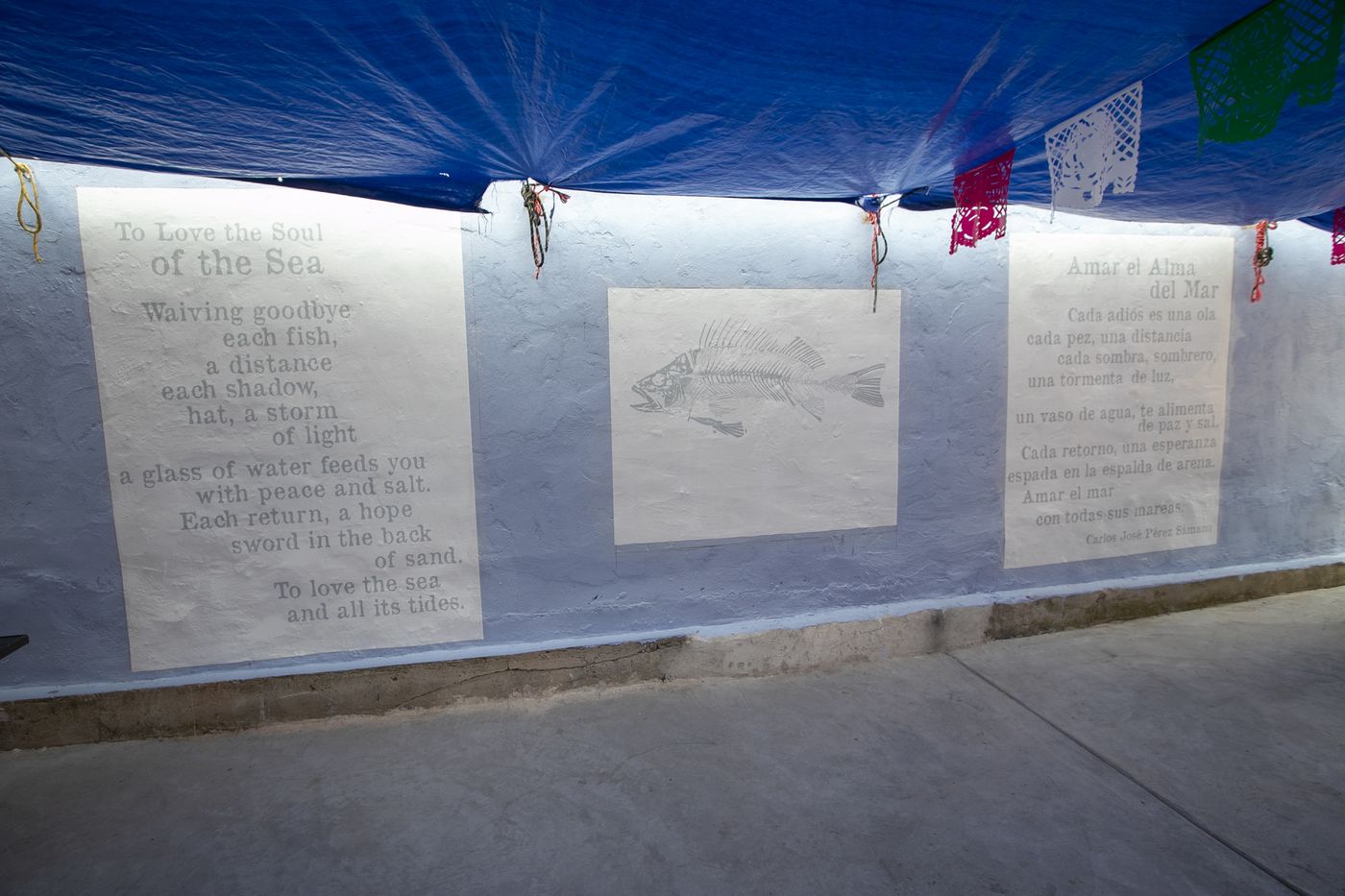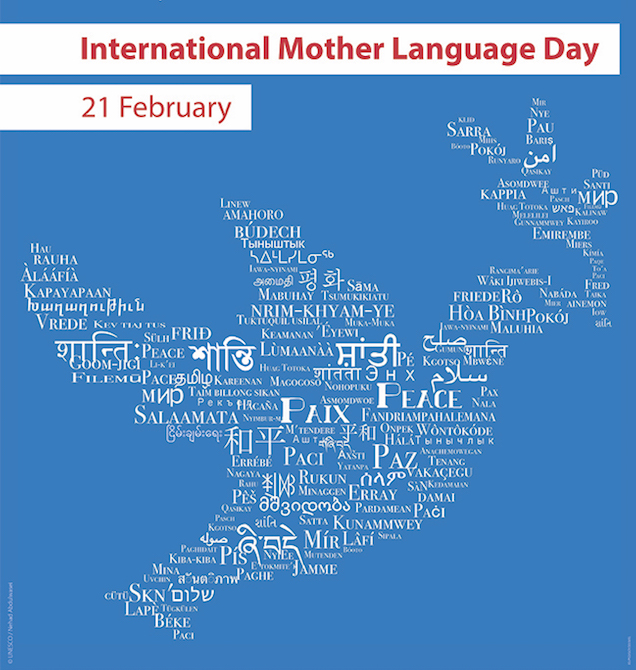Many people have asked me, should it really be the lunar new year of the rat? Such a disgusting creature! Or should it be the year of the mouse? Although we do our best to trap them and otherwise keep them out of our living spaces, mice are much cuter than rats, and some people even have special mice as pets, plus there are folk tales and songs and proverbs about adorable little mice, and who doesn't love Mickey and Minnie?
In contrast, in lore and literature, rats are invariably cast as tricky at best and villainous, criminal types at worst.
So, if I had to choose between Year of the Rat and Year of the Mouse, I would definitely pick Year of the Mouse. Alas, most people choose otherwise (I know not why):
Year of the Rat — 44,000,000 ghits
Year of the Mouse — 6,300,000 ghits
Read the rest of this entry »


